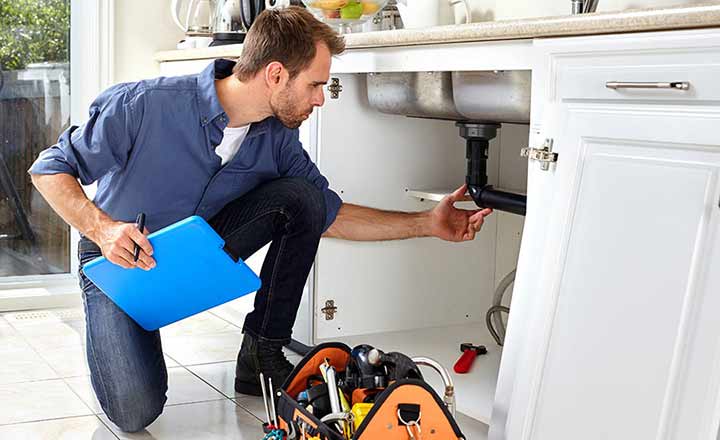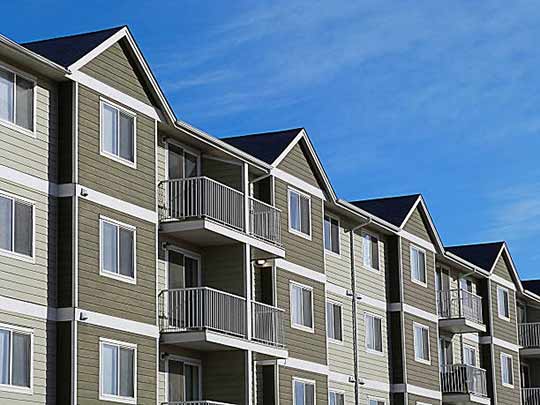Plumbing emergencies can happen at any time, and when they occur in apartment buildings, they can result in significant damage and inconvenience for residents. One of the most common plumbing emergencies is a burst pipe, which can cause flooding, property damage, and disruption of daily activities. It is crucial to know how to handle such a situation promptly and effectively to minimize the damage and restore normalcy as quickly as possible. In this article, we will discuss the necessary steps to take if a pipe bursts in an apartment building, providing a comprehensive guide for both tenants and property managers.
Understanding the Severity of a Burst Pipe
Before we delve into the steps to handle a burst pipe, it is essential to understand the severity of the situation. A burst pipe is a significant plumbing emergency that can result in substantial water damage and structural issues. The severity of the damage depends on various factors, including the size of the pipe, the water pressure, and the location of the burst. In some cases, a burst pipe can lead to flooding, causing extensive damage to walls, floors, and personal belongings. Therefore, it is crucial to act swiftly and efficiently to mitigate the damage.
Step 1: Shut Off the Water Supply
The first and most crucial step in handling a burst pipe is to shut off the water supply. This step is vital to stop the continuous flow of water and prevent further flooding and damage. In most apartment buildings, there is a main shut-off valve that controls the water supply for the entire building. Typically, this valve is located in the basement or utility room. However, it may vary depending on the building’s design and plumbing system. It is essential for tenants and property managers to familiarize themselves with the location of the shut-off valve beforehand to ensure quick access during emergencies.
Step 2: Prevent Water Damage
Once the water supply is turned off, the next step is to prevent further water damage. This can be done by removing any standing water and drying the affected areas as much as possible. If there is excessive flooding, it may be necessary to use buckets, mops, or a wet-dry vacuum to remove the water. Additionally, towels and fans can help in the drying process. It is crucial to act quickly to minimize the risk of mold growth and structural damage.
Step 3: Notify the Relevant Parties
After taking immediate action to prevent water damage, it is essential to notify the relevant parties about the burst pipe. As a tenant, you should inform your landlord or property manager about the situation as soon as possible. Provide them with all necessary details, such as the location of the burst pipe and the severity of the damage. Property managers should establish a clear communication system to ensure prompt response to plumbing emergencies and provide tenants with this information upon moving in. Additionally, if the burst pipe is affecting multiple units, it may be necessary to notify the other residents, especially those living below the affected floor, to take necessary precautions.
Step 4: Document the Damage
Documenting the damage caused by the burst pipe is crucial for insurance purposes and to facilitate the repair process. Take photographs or videos of the affected areas, focusing on the damaged pipes, flooded areas, and any personal belongings that have been affected. This documentation will help support your insurance claim and provide evidence of the repairs needed. It is recommended to seek guidance from your insurance provider regarding the necessary documentation and the claims process.
Step 5: Contact a Professional Plumber
While you may have temporarily mitigated the damage, it is essential to contact a professional plumber to repair the burst pipe. Attempting to fix a burst pipe yourself can lead to further damage or ineffective repairs. It is crucial to hire a licensed and experienced plumber who specializes in emergency plumbing situations. Contact your property manager or search for reputable plumbing services in your area. When contacting the plumber, provide them with all the necessary information regarding the burst pipe, location, and severity of the damage. The plumber will assess the situation, provide an estimate, and recommend the appropriate course of action.
Step 6: Communicate with Your Insurance Provider
If you have renter’s insurance or if the building has insurance coverage, it is crucial to contact your insurance provider and inform them about the burst pipe. They will guide you through the claims process and provide instructions on what documents and information they require to process your claim efficiently. It is essential to be thorough in providing accurate details and submitting all the necessary documentation to ensure a smooth insurance claim process.
Step 7: Coordinate Repairs and Restoration
Once the burst pipe has been repaired, it is necessary to coordinate the repairs and restoration of the affected areas. This may involve hiring professionals to repair structural damage, replace damaged drywall or flooring, and clean up any mold or mildew that may have developed. In apartment buildings, property managers often handle these coordination efforts. However, as a tenant, you should communicate with your property manager and keep them informed about the progress of the repairs.

Regularly inspect the plumbing system in your apartment, including faucets, pipes, and toilets, for any signs of leaks, corrosion, or damage
Preventing Future Plumbing Emergencies
While you cannot always avoid plumbing emergencies completely, there are preventive measures you can take to minimize the risk of a burst pipe or other plumbing issues in your apartment building. Here are some essential tips:
- Regularly inspect the plumbing system in your apartment, including faucets, pipes, and toilets, for any signs of leaks, corrosion, or damage.
- Report any plumbing issues or concerns to your landlord or property manager promptly to prevent them from escalating into emergencies.
- During winter months, take precautions to avoid frozen pipes, such as insulating exposed pipes and allowing faucets to drip during extremely cold temperatures.
- Do not ignore minor leaks or drips, as they can gradually worsen over time and lead to more significant issues.
- Inform your landlord or property manager if you notice a sudden drop in water pressure or any other irregularities in the plumbing system.
- Consider investing in renter’s insurance to protect your personal belongings in the event of a plumbing emergency.
Conclusion
A burst pipe in an apartment building is a plumbing emergency that requires immediate attention and action. By following the steps outlined in this article, both tenants and property managers can effectively handle a burst pipe and minimize the damage caused by flooding. Taking swift action to shut off the water supply, preventing further water damage, and contacting professionals for repairs are essential in resolving the issue quickly. It is also important to communicate with the relevant parties and document the damage for insurance purposes. By understanding the severity of a plumbing emergency and taking proactive measures, you can help prevent future incidents and keep your apartment building in optimal condition.
